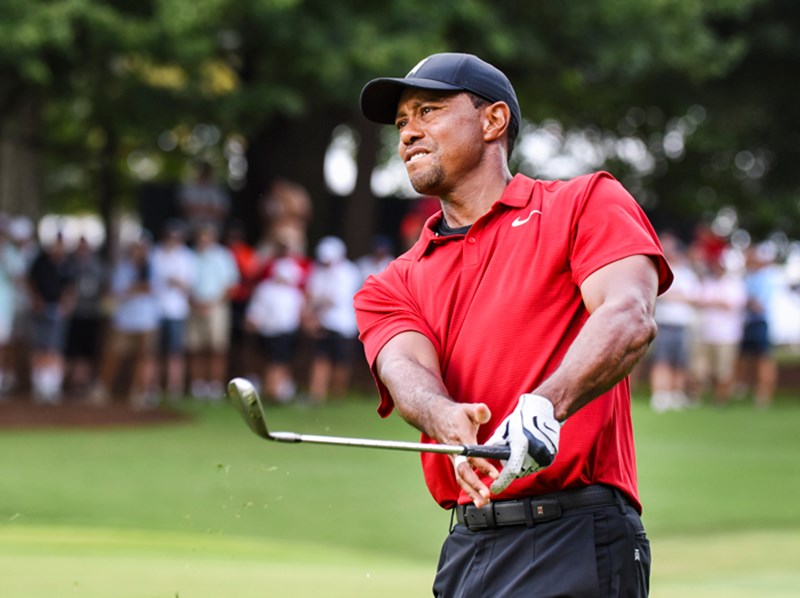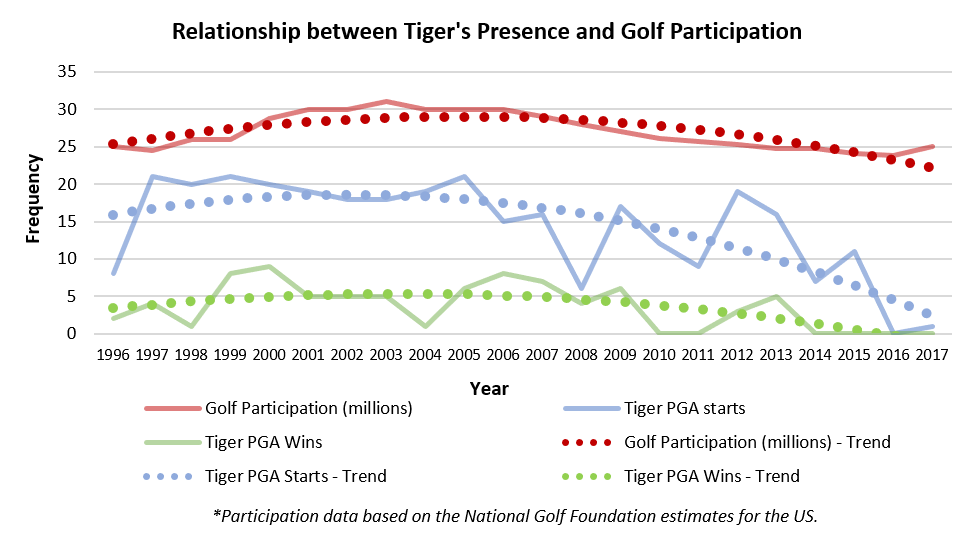How to Leverage the Information to Improve Operations
Benchmarking standards are commonplace in most industries. These standards are set and updated based on defined and evolving business models and shared information. The core objectives for creating and using benchmark standards are performance measurement and improvement. The golf industry has lagged other industries in the widespread adoption and use of benchmark standards.
The good news is that change has been brewing for years and is picking up speed. The NGCOA Canada is helping to lead the charge through its various benchmarking and performance tracking initiatives, including the Revenue Tracker and Rounds Played & Weather Reports, which provide comparisons of an individual course’s results to their competitive set, provincial and national averages along with Performance Intelligence which provides course specific benchmarks and feedback.
With the various categories of courses, and corresponding operating models (private, semi-private, resort, public, and municipal courses), executing benchmarking and performance tracking initiatives is no small feat.
In order to effectively use benchmarks, there needs to be standardization. This typically requires the use of Key Performance Indicators (“KPIs”) that enable meaningful comparison from business to business and across markets. The KPIs for each type of course are different.
As an owner or operator, this means you need to be recording, tracking and updating KPIs in a manner consistent with the industry (category) standard as a baseline starting point. Therein lies the greatest challenge the golf industry is set to overcome.
In recent years, it has become evident that benchmarks and KPIs have significantly helped golf course owners and operators measure and modify their operations to improve financial performance. Financial performance is not just net income, it includes managing the balance sheet (working capital and debt) and ensuring the maintenance of physical assets.
PUBLIC, SEMI-PRIVATE AND RESORT FACILITIES
Public and semi-private golf course operations have a singular focus – maximizing the yield on a finite inventory of available tee times. As the market for golf continues to evolve, a focus on maximizing gross margin from non-golf related revenues will also become more important.
Some of the most important benchmarking standards for public and semi-private courses relate to rounds of golf, revenues per round, and labour and other expense ratios.
The following are a few examples of important KPIs by category:
Rounds and Revenue
Naturally, a key measure of performance is rounds played. Beyond revenue, rounds played, and average revenue per round, critical indicators required to understand performance include:
- Tee time utilization: rounds played compared to rounds available; and,
- Rounds played yield variance: how much does each round yield, on average, compared to the highest yielding round.
These indicators allow operators to quickly understand if their pricing model is effective, or if it needs to be adjusted to drive utilization and yield simultaneously higher. While each course and market are different, if your tee time utilization is below 40% and your average revenue per round yield is below 70% of your highest yielding round, significant adjustments should be considered to improve performance. A healthy course will typically run at a utilization rate of 50% to 65% of weather adjusted available tee times and average revenue per round as a percentage of peak revenue per round between 70% and 80%.
Other helpful metrics include utilization and yield statistics measured on a per round basis for other ancillary revenue sources such as carts, driving range, food and beverage, and merchandise. Resort properties will also measure green fee revenue per room, after adjusting for occupancy sales; and total rounds played by guests of the resort versus non-guest play.
Cost of Sales
The cost of sales metrics are generally more straightforward and easy to come by, with costs more consistently recorded and tracked. Generally, food and beverage cost of sales as a percentage of food and beverage revenue average between 26% and 36%, while merchandise cost of sales as a percentage of merchandise revenue average between 65% and 75%, depending on the mix of hard and soft goods sold.
Labour and Other Expenses
Labour expenses are the largest category of expenses for golf courses, generally ranging from 52% to 58% of total expenses.
Expense metrics which go beyond simple dollars and cents, are generally harder to come by due to the wide variety of operating models, departmental structures, and local market conditions for labour and other products and services.
That said, typical labour metrics include the following:
- Labour related costs as a percentage of revenues and costs. For instance, food and beverage labour expense as a percentage of food and beverage revenue generally averages between 38% and 50%.
- Full-time equivalents by department. According to the most recent NGCOA Canada Compensation & Benefits Report, the average full-time equivalent head count at public and semi-private facilities in Canada is 18.2.
- Actual key employee payroll and benefit costs. Public and semi-private facilities employ an average of 52 employees, with significant variances in the mix of staff (permanent, seasonal, full-time, and part-time) by region and type of facility – you are encouraged to consult the report for a detailed breakdown of compensation by key position.
Other operating expenses are typically evaluated against a unit of measure. For example, greens expense per maintainable acre and clubhouse expense per square foot.
Advertising expense is measured as a percentage of total revenue, as are other variable expenses such as bank charges and credit card fees. From a capital expenditure standpoint, public and semi-private golf courses should on average spend between 3% and 5% of total revenue on maintaining existing capital items.
PRIVATE MEMBER CLUBS
Private clubs sell and market more than just golf, they promote a lifestyle and social hub. Instinctively, not-for-profit private clubs focus on break-even operations, member satisfaction and maintaining assets.
In order for a private club to be successful, all aspects of the operation must meet members’ expectations, and as a result, measuring utilization and service levels of all club facilities is quite important. In addition, most people do not want to belong to a club that appears run down; as such, an important KPI is expected capital maintenance costs and the funding of those costs through entrance and capital maintenance fees. Below are a few examples of private club KPIs:
Revenue
The key focus from a revenue perspective is annual dues, maintaining a stable membership count, guest fees, power cart revenue, and food and beverage revenue. An example of important revenue KPIs for a private club are shown below:
- Full Member Equivalent: total annual dues divided by a full member’s annual due.
- Satisfaction, participation and utilization: critical statistics to measure and benchmark.
- Natural attrition rate from existing membership: typically average between 5% and 8% of total memberships.
- Membership Conversion Rate from Inquiries: generally average between 8% and 12% of qualified inquiries.
- Revenue per membership by department, source and membership type.
- Average guest rate (achieved) compared to the peak guest rate, typically averages between 65% and 75%.
- Average number of guest rounds per membership, typically ranges from 5 to 12.
- Average tournament patron rates, typically ranging from 80% to 90% of the peak guest rate.
- Rounds per membership, typically ranges from 35 to 48.
- Utilization of tee times by membership category.
- Golf Cart Utilization: golf cart usage as a percentage of total rounds, which typically ranges from 35% to 50% depending on walkability of the golf course.
Cost of Sales
Similar to public golf courses, cost of sales as a percentage of revenues are some of the more readily available metrics. Typically, food and beverage cost of sales run higher for private clubs, between 35% and 42% of food and beverage revenue, while merchandise cost of sales typically average 75% of merchandise revenue.
Labour and Other Expenses
From an expense perspective, most private clubs have excellent controls in place to keep expenses in line with the approved budget.
- Labour expense ratios as a percentage of total expenses are usually slightly higher at private clubs ranging from 55% to 62%.
- Full-time equivalents and headcounts are also typically higher at private clubs, averaging 48.3 FTEs and 101.9 employees.
All other KPIs related to expenses are generally based on a unit of measure of as a percentage of revenue. For most operations, controlling expenses is important; however, for private clubs this may not be as important as meeting member satisfaction. Defining what is important needs to be a ‘first step’ for each operator.
HOW DO YOU LEVERAGE KPIs?
A requirement for effectively using benchmark standards to improve your specific circumstances is the application of experience to compare and contrast your results with that of the standard, investigate discrepancies and develop focused improvement plans.
Most owners and operators want to be as efficient as possible without lowering their expected standard of excellence. The use of benchmarks allows operators to both measure performance and adjust operating procedures to improve performance and meet the goals of the club.
Although benchmarks are typically used to measure historical performance, they can be used to make alterations on a timely basis if reviewed appropriately and to provide direction for adjustments moving forward.
For example, certain utilization KPIs can be evaluated daily, weekly or monthly. For a public course operator, it is essential that their information system be ‘real time’, so KPIs can be calculated, and if needed, communication to the general public adjusted in a timely manner (yield management). The use of KPIs and benchmarks need to be part of the toolkit for management and the owner.
Furthermore, more sophisticated operators have set up specific dashboards with differing KPIs for different levels of management and/or ownership. The dashboards are produced on a periodic basis, either daily, weekly or monthly depending on the audience.
This information is then used to adjust operations on a timely basis or adjust marketing and communications to patrons in order to enhance utilization of the facility.
From a management perspective, KPIs and utilization statistics can be used to align labour costs with activity. In addition, some operators use KPIs to evaluate staff performance and determine bonus calculations.
The most important are KPIs that allow for timely revenue enhancement and service improvements that improve patron/member enjoyment. If you are not using KPIs, you are at a disadvantage and are missing a key tool in your management toolbelt.
STAY COMPETITIVE
In summary, benchmarking standards help each operator remain competitive within their market segment. KPIs can also become a motivating influence for staff and management. Simply tracking your results compared to budget is not good enough. Operators need more dynamic information which allow for the development and implementation of timely tactical solutions.
Industry benchmarks are key to a successful operation – without them your operation is at risk.
This article was penned by Derek Johnston for NGCOA Golf Business Canada.









